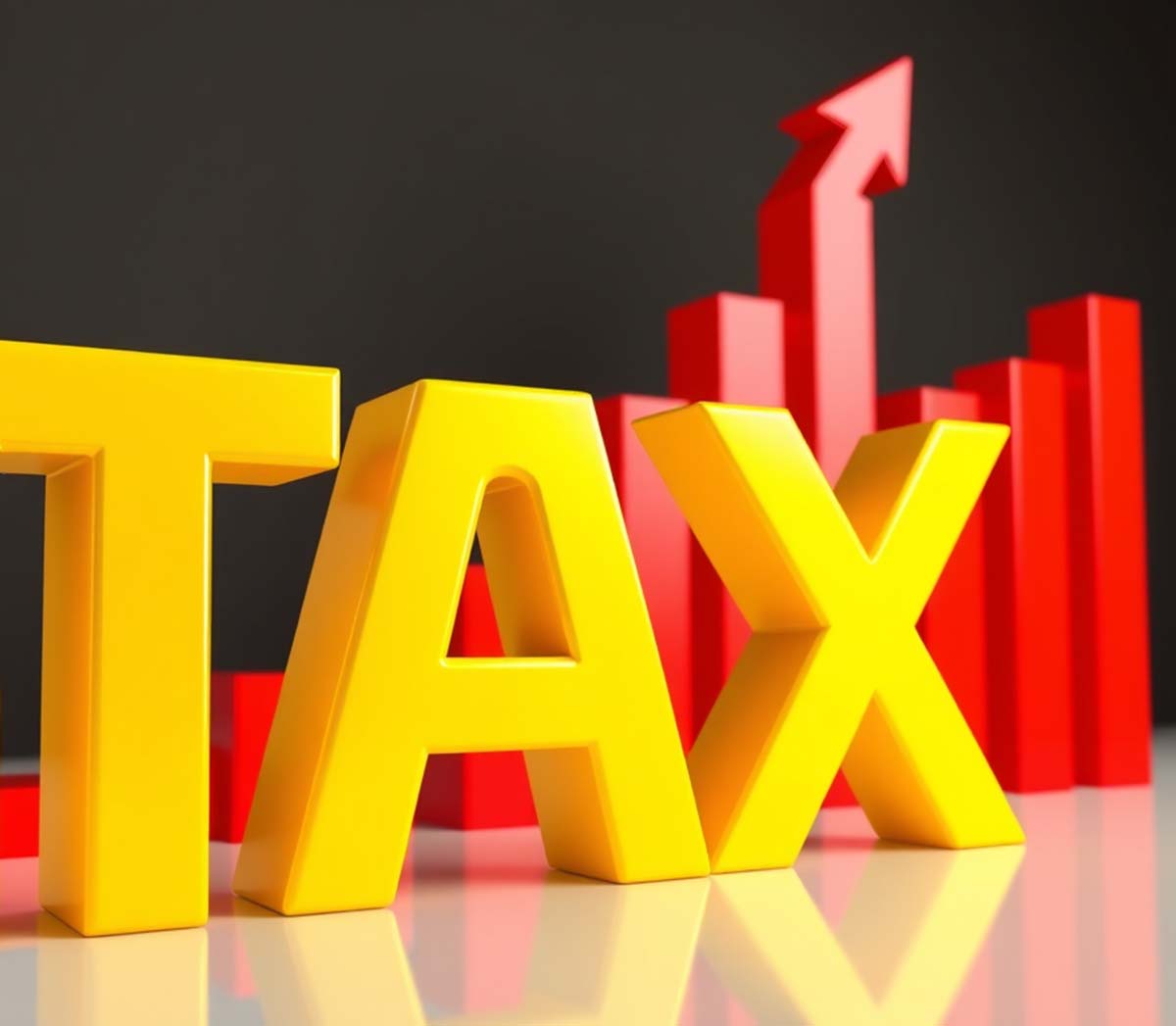Tax Rates and Their Role in Global Economic Growth
For business owners, content creators, and everyday consumers, understanding how tax policies influence economies across regions can be a game-changer. From expanding companies to budgeting personal expenses, knowing how taxes work helps individuals and organizations make better decisions.
Some countries lower their tax rates to attract investments, while others collect more to support large-scale public programs. Whatever the reason, knowing how these policies work can guide smart economic choices.
Why Taxes Affect Everyone
Every time you buy coffee, pay for an online subscription, or earn a paycheck, tax is part of the transaction. The collected amount supports public services like education, health, and roads. When done right, this helps communities grow stronger and more resilient.
But when rules aren’t fair or are hard to follow, taxes can discourage people from investing or building businesses. That’s why it’s useful to understand how different countries apply them.
How Tax Policies Vary Across Continents
Every country applies its own approach depending on its priorities. In parts of Asia, businesses are drawn to lower corporate taxes. Meanwhile, some European nations maintain higher rates to support public healthcare and education.
For instance:
- Singapore has moderate rates, making it a popular place for regional headquarters.
- Denmark and Sweden charge more in income taxes, but residents receive excellent healthcare and education in return.
Governments may focus on different needs—whether it’s health, safety, or economic expansion. This results in different impacts on domestic and foreign investments.
How Taxes Influence Economic Growth
Taxes aren’t just about collection—they serve as a backbone of economic stability. Countries with balanced systems can prepare for challenges like health crises or natural disasters.
Some offer low rates to bring in more investors, making it easier for businesses to grow. The upside: more jobs and increased productivity. But if the rates are too low, essential services might suffer from lack of funding.
Higher rates often mean broader access to social services. The downside? It could reduce interest from investors who prefer to cut down on operating costs.
Ways to Reduce the Impact of Tax Burden
- Lower rates or holidays for new businesses
- Clear, simple tax regulations
- Special support for small enterprises
When governments are transparent about how taxes are collected and used, businesses are more willing to comply and participate in development.
A Look at Key Regions
North America
In the U.S., tax rules vary by state. Some states charge little to no income tax, leading companies and workers to relocate for better financial conditions. It boosts competition among regions.
Canada charges more but is known for dependable public healthcare. For many, paying more means receiving better long-term services.
Europe
Many European countries prioritize social welfare, which means higher taxes but also more benefits. On the flip side, countries like Ireland keep corporate taxes lower to draw international companies.
Asia
Countries like China and India use special zones or offer lower taxes to promote manufacturing and job growth. It encourages regional competition and attracts international attention.
South America and Africa
These regions rely on foreign capital to build infrastructure. If taxes are high, funds may come in slowly. If they’re too low, public services could be underfunded. Countries like Chile and Peru aim to strike a healthy balance through targeted tax programs.
What This Means for Businesses of All Sizes
Whether running a small shop or leading a multinational firm, tax matters. Larger companies can move operations to reduce costs, while smaller businesses may prefer countries with easier rules, even if tax rates are slightly higher.
Some nations offer entrepreneur-friendly policies that make it easier for startups to grow. These are often the best options for those with limited budgets.
Adapting to Changes in the Digital World
The rise of online services is prompting many governments to rethink their tax rules. Even if a company doesn’t have a physical presence in a country, it may still be required to pay taxes if it earns from residents there.
Monitoring and enforcement are also becoming faster with technology. Tax rules are now being reshaped to include digital transactions in more structured ways.
Why Basic Tax Knowledge Matters
You don’t need to be an expert to understand the value of tax policies. Even a simple grasp of the rules helps businesses prepare and avoid unnecessary penalties.
Paying taxes is part of daily life. The key is finding smart ways to adjust and plan around the existing systems.
Examples in Daily Life
- Tech Manufacturer: Builds a factory in a low-tax country to reduce production costs.
- Content Creator: Must declare income properly, especially with global payments.
- Café Owner: Faces price increases if supply chain taxes rise, affecting pricing strategies.
What Governments and Communities Expect
Governments collect to support health, safety, and public services. Meanwhile, communities hope the funds are used wisely and that the system is fair.
Good communication between these two sides builds trust. Educational programs also help citizens understand their rights and responsibilities.
The Role of Global Organizations
International groups help guide countries on tax rules, especially when dealing with digital services or businesses operating across borders. Shared rules reduce confusion and avoid double charges.
This cooperation makes it easier for businesses to operate globally with fewer tax-related complications.
Common Types of Taxes Explained
- Income Tax: Based on personal or business earnings.
- Sales/Value-Added Tax (VAT): Applied to goods and services.
- Property Tax: Paid on owned land or buildings.
Knowing which types apply helps businesses decide where to invest or set up operations.
Different Approaches in Simple Terms
- Progressive: Higher earners pay more.
- Regressive: Hits lower-income earners harder.
- Proportional: Same percentage across all incomes.
Most countries blend these systems to be fairer. Knowing your country’s structure helps manage your financial expectations.
Is the Service Worth the Cost?
If tax rates are high but result in great schools, healthcare, and infrastructure, people tend to be more accepting. However, when services don’t match the collection, public frustration increases.
Regions that manage funds well grow faster. Those with poor systems may face slower progress or drive people to seek better options elsewhere.
Real Story: A Business Owner’s Decision
An entrepreneur considered expanding his operations. After studying regional tax laws, he found Vietnam offered cost benefits and government incentives. Moving part of his operations helped the business grow, but also required careful planning to follow laws in both countries.
How to Stay Updated
- Follow your national tax agency’s official website
- Speak to licensed tax professionals with international experience
- Read business news and economic reports related to your target regions
You don’t have to do this every day—just keeping an eye out for new proposals or rule changes is enough to stay ahead.
Taxes are part of global trade and local living. A good grasp of how they work across different countries helps businesses make wiser choices and better prepare for the future. Understanding the basics gives you confidence to move forward and grow—locally or internationally.



